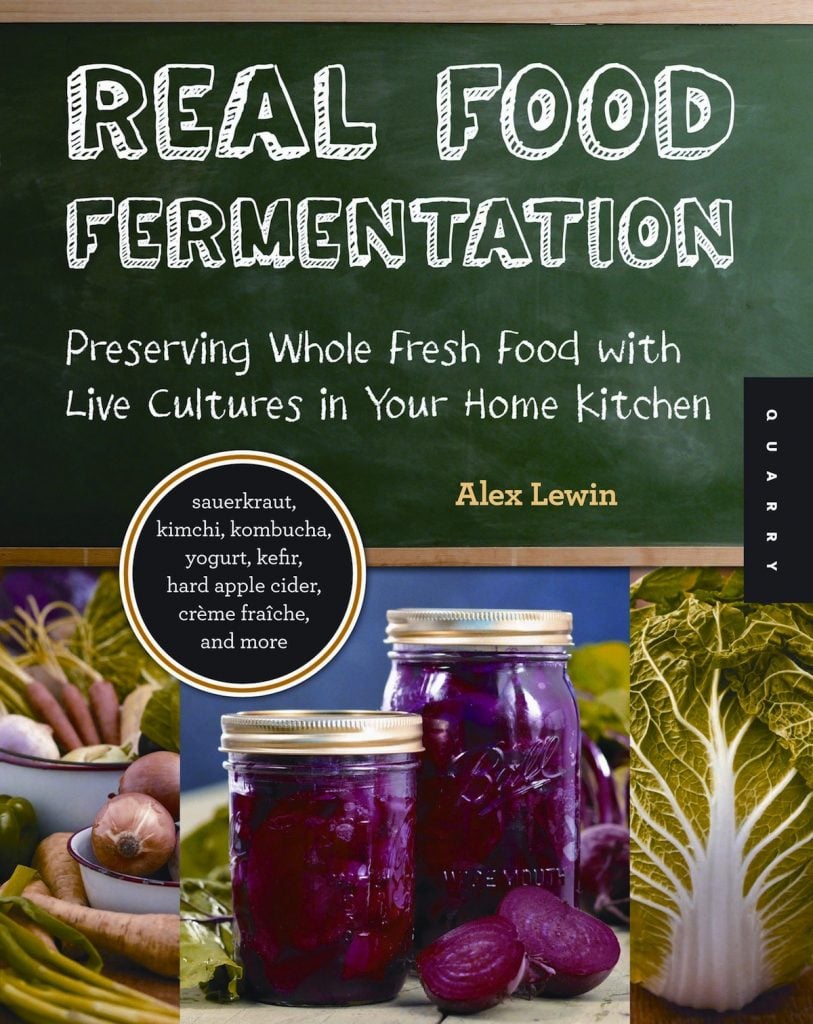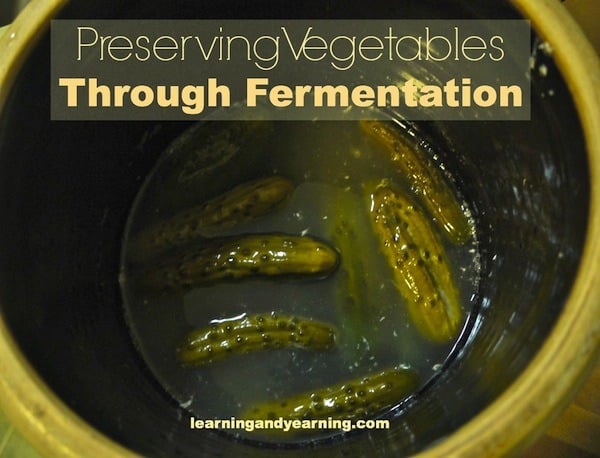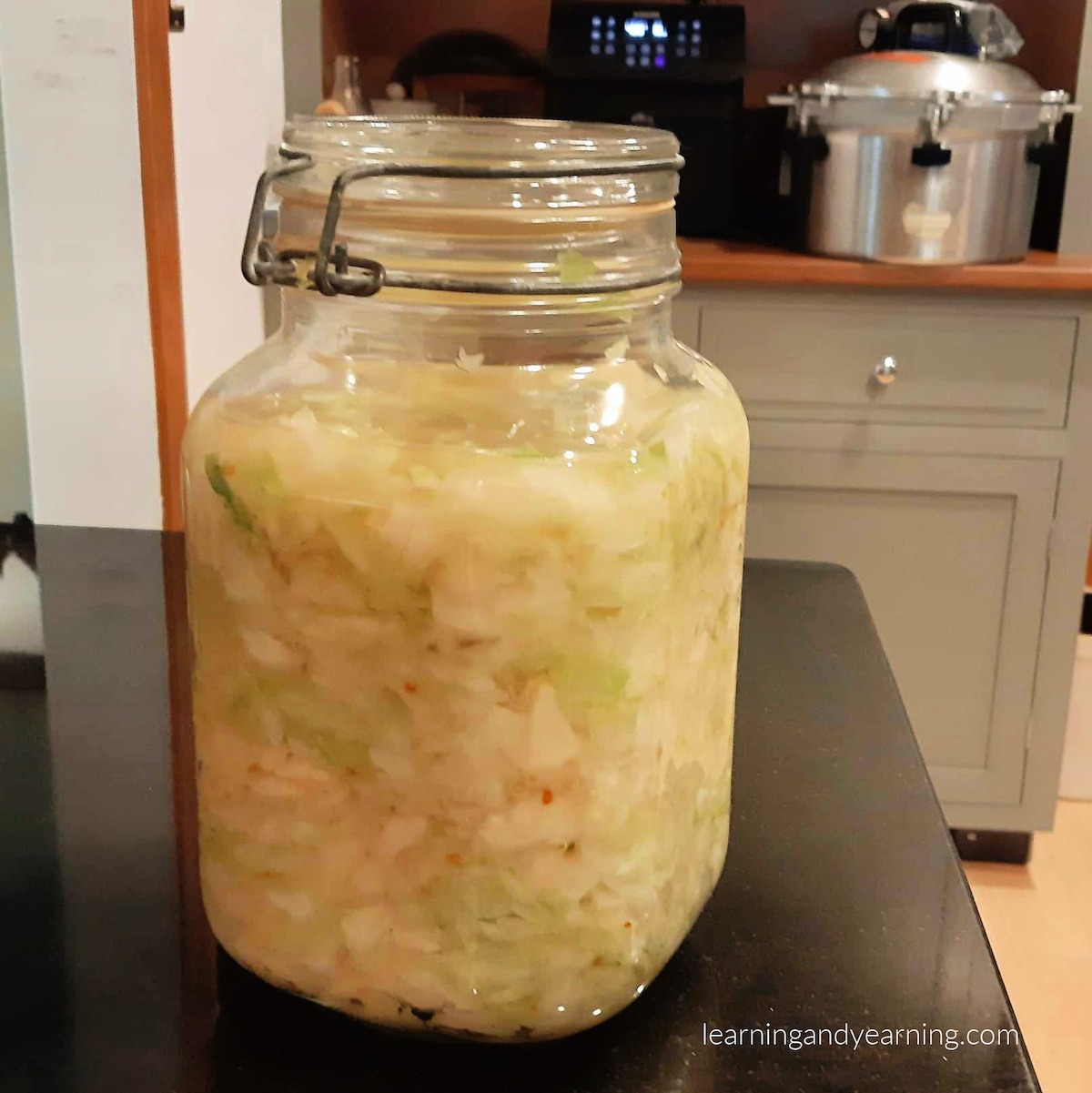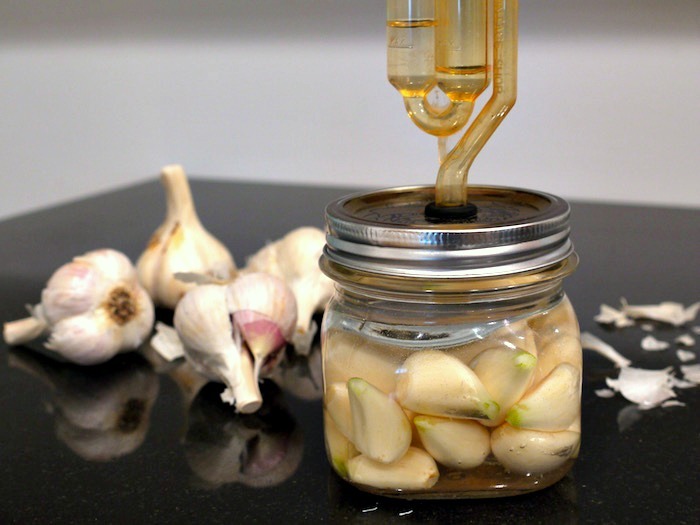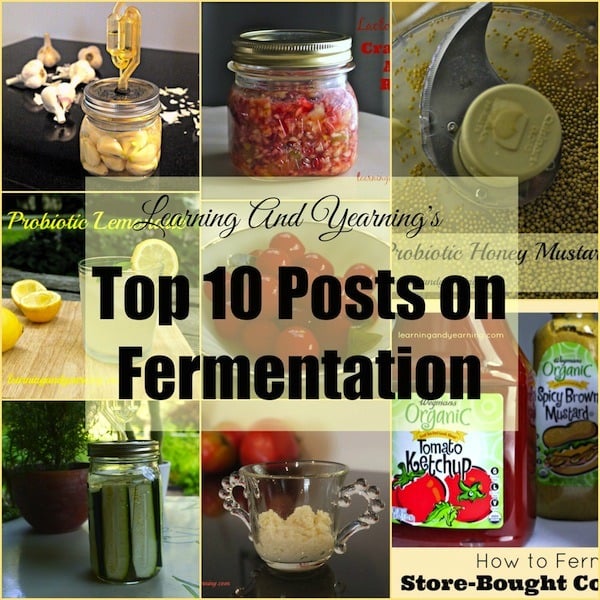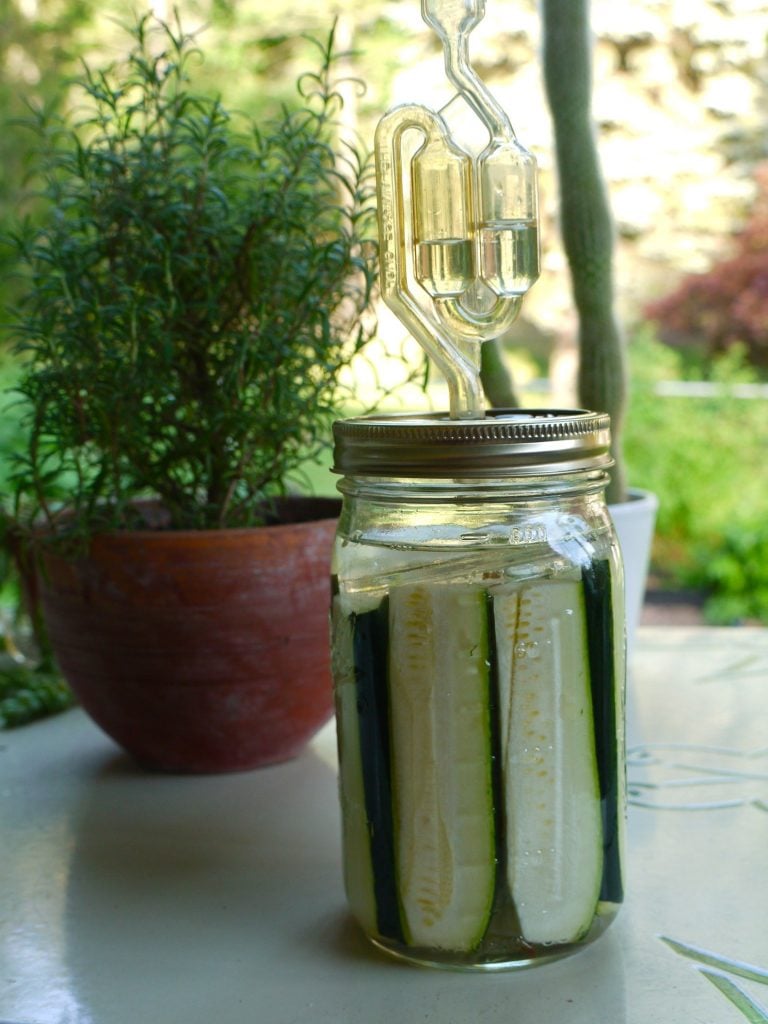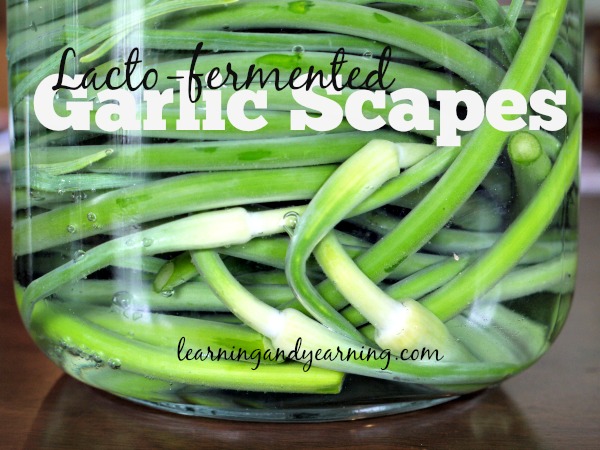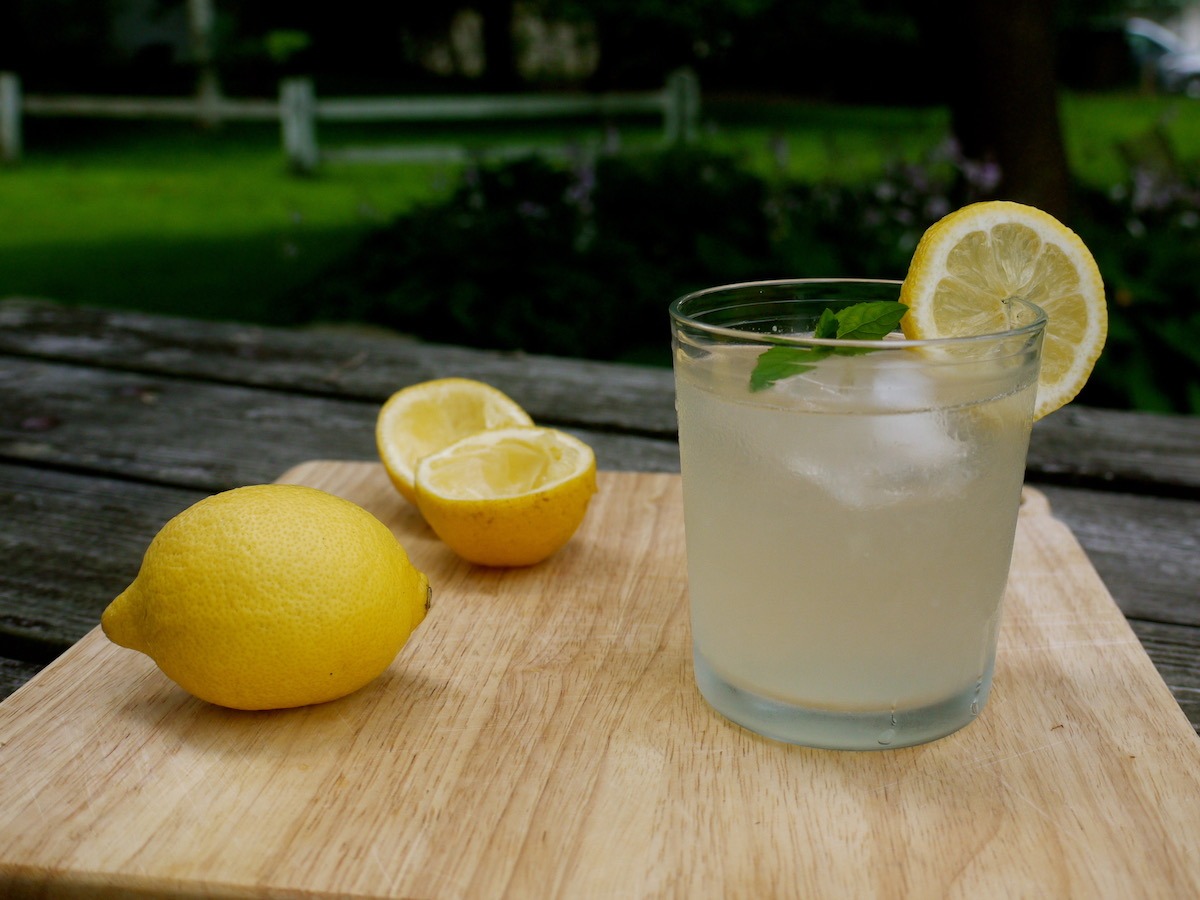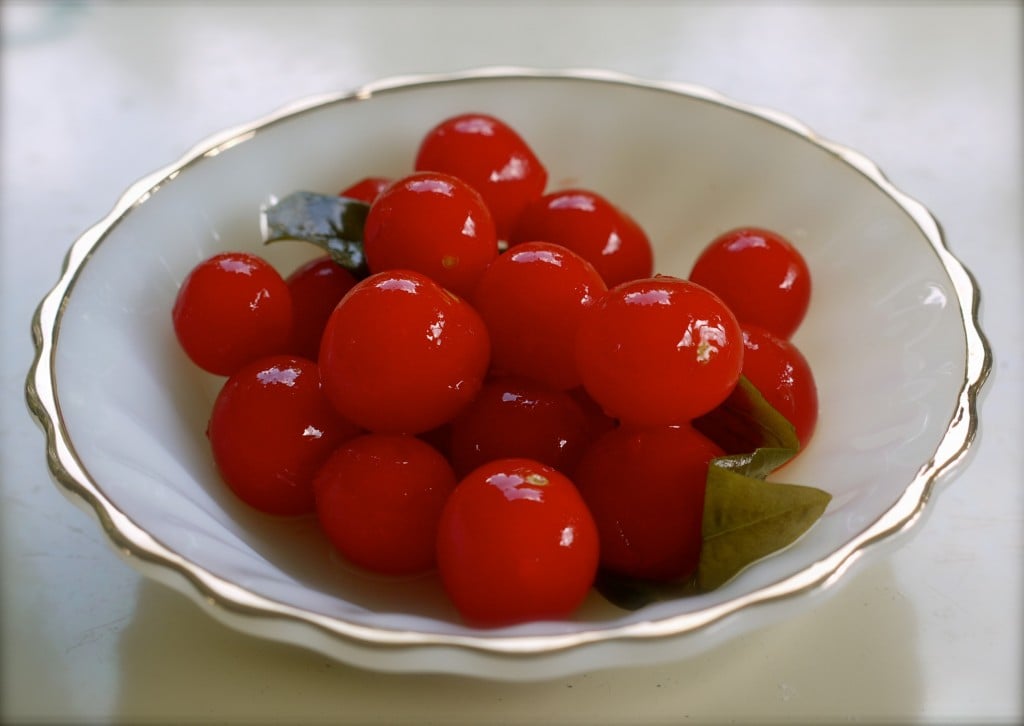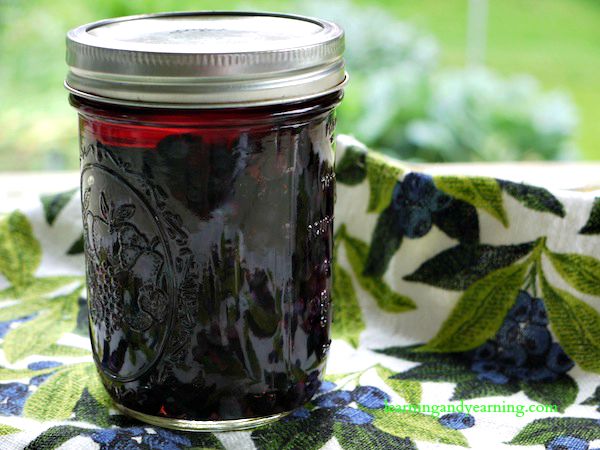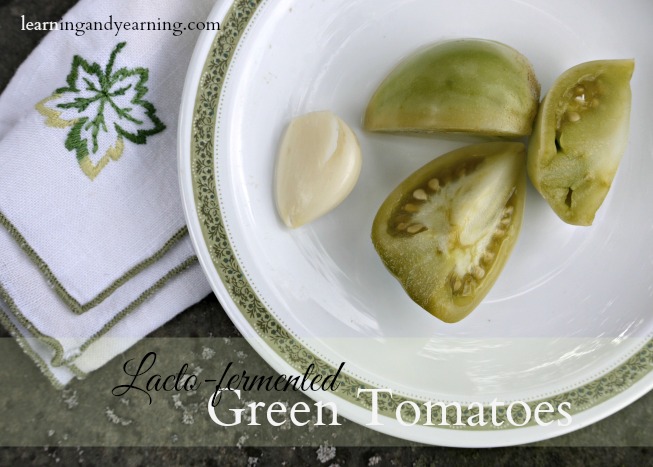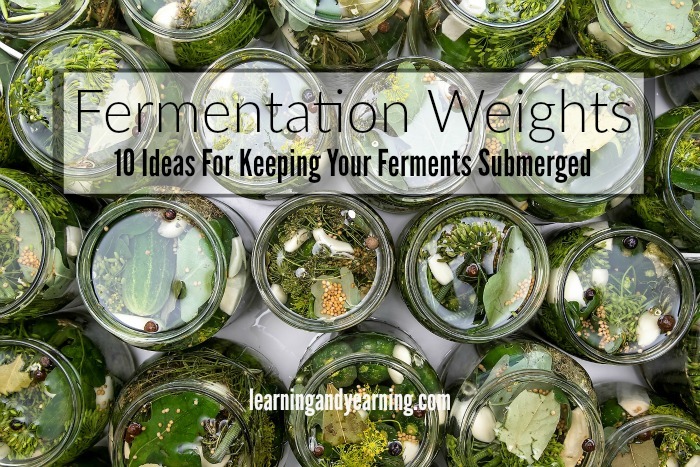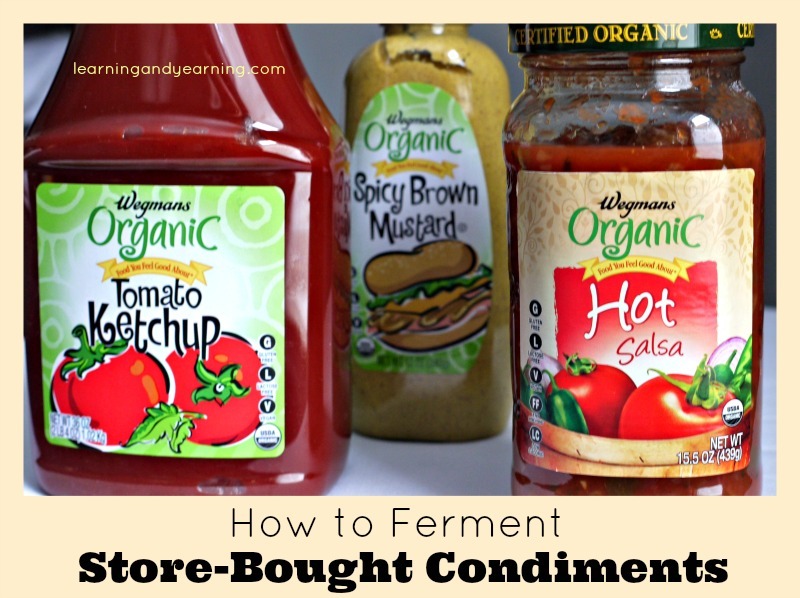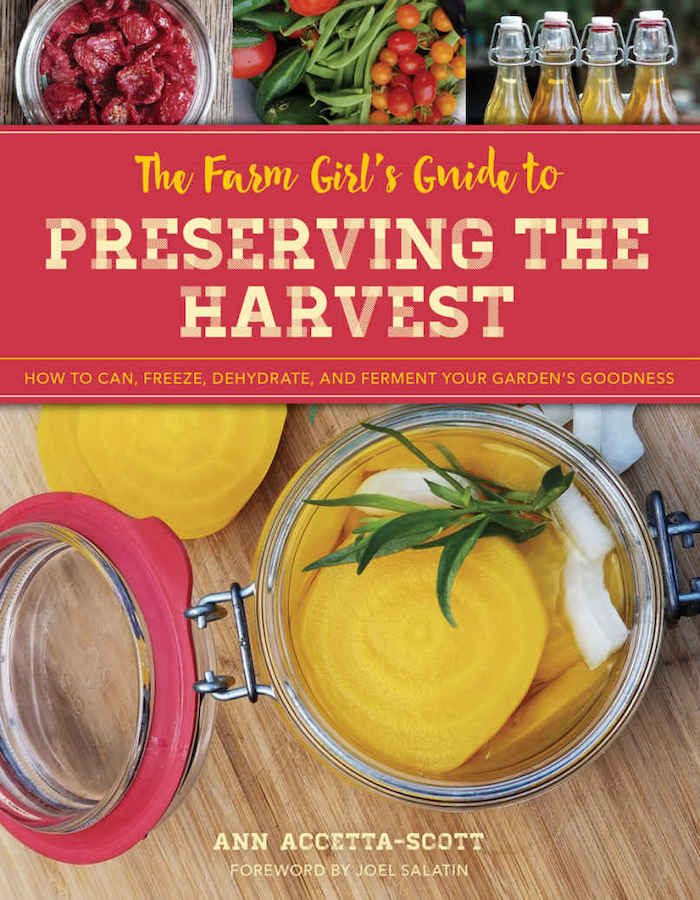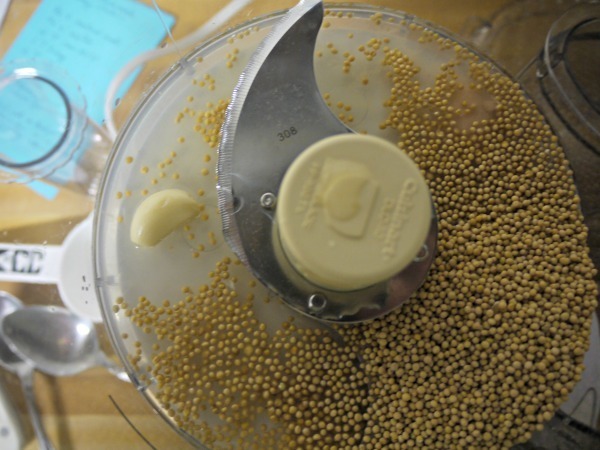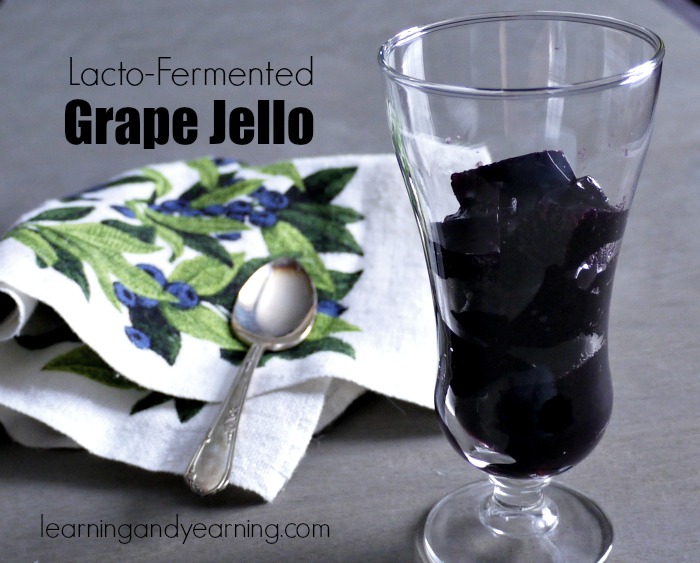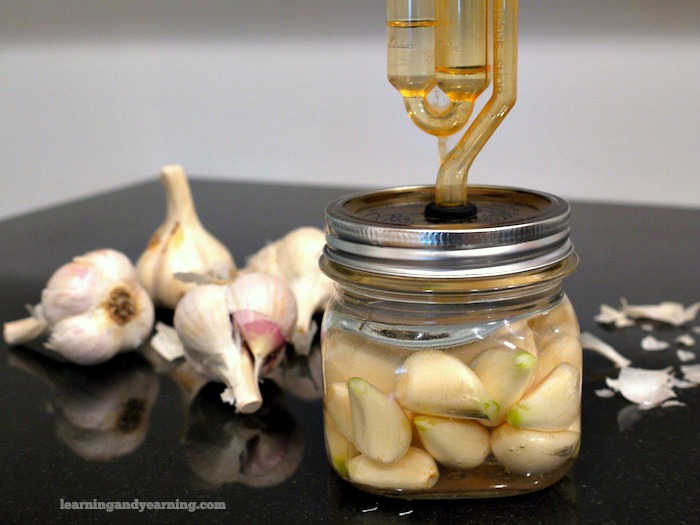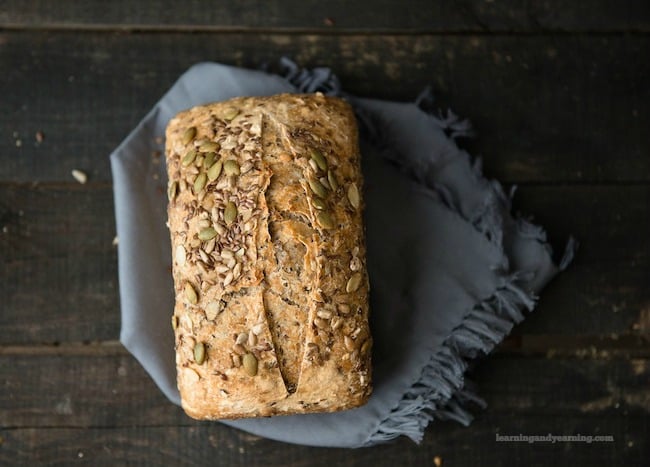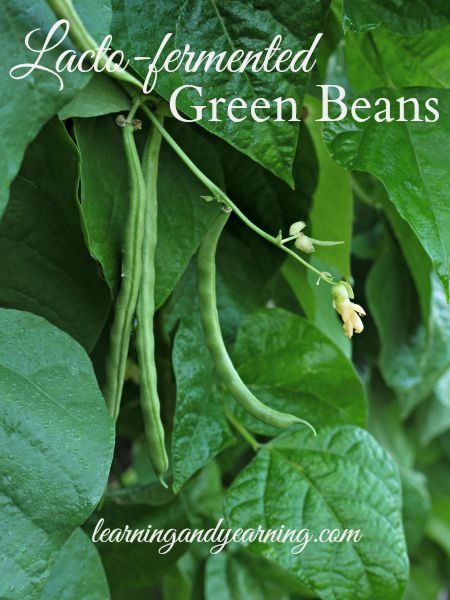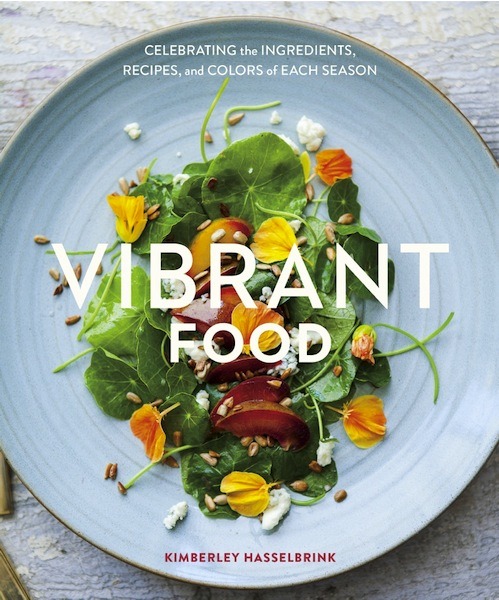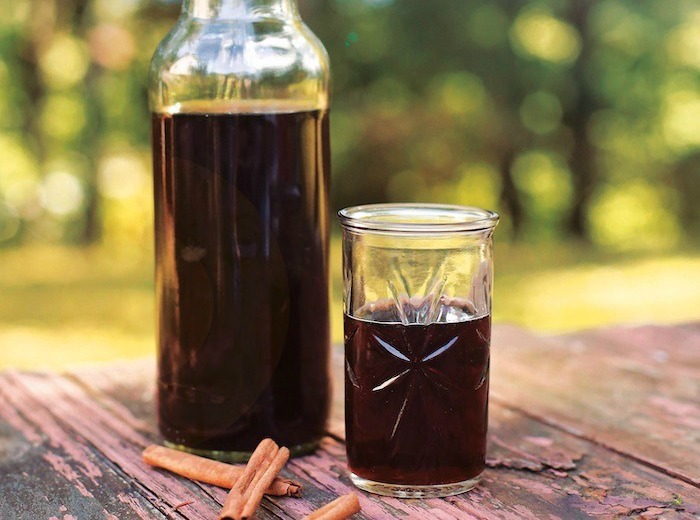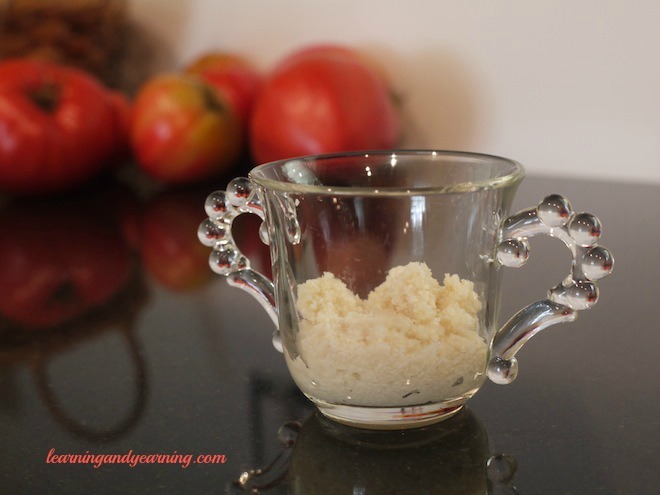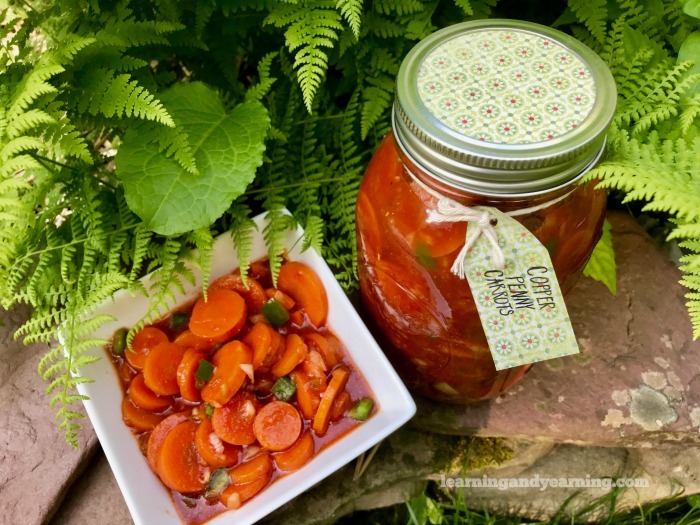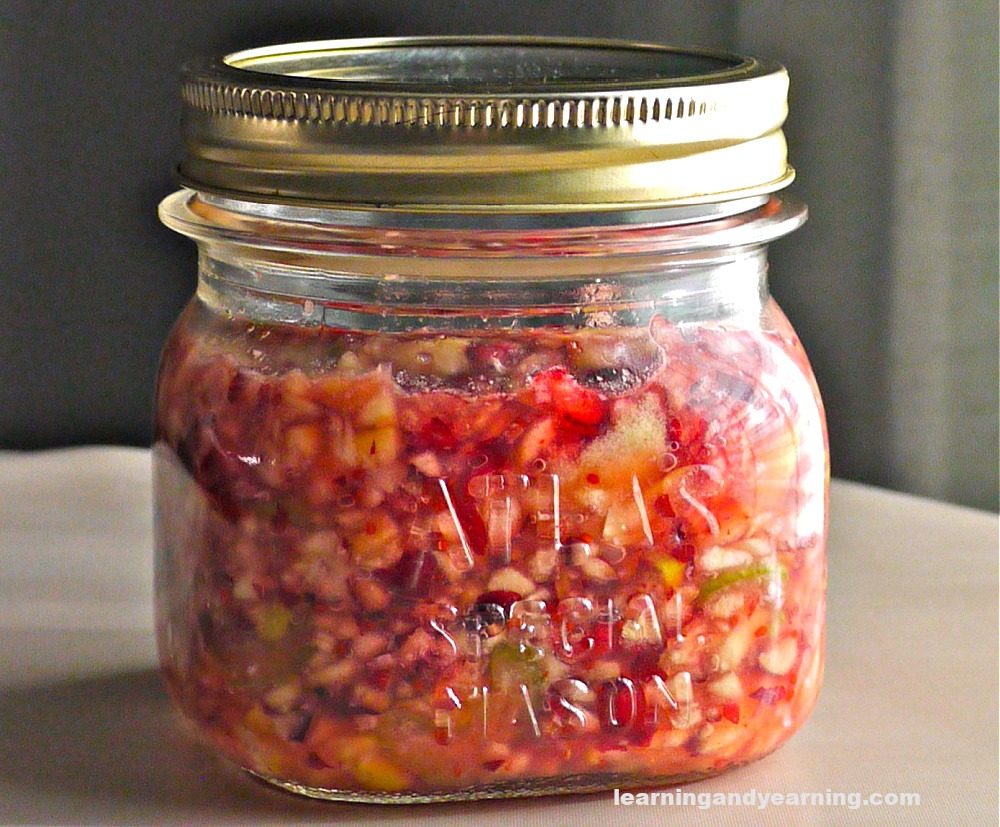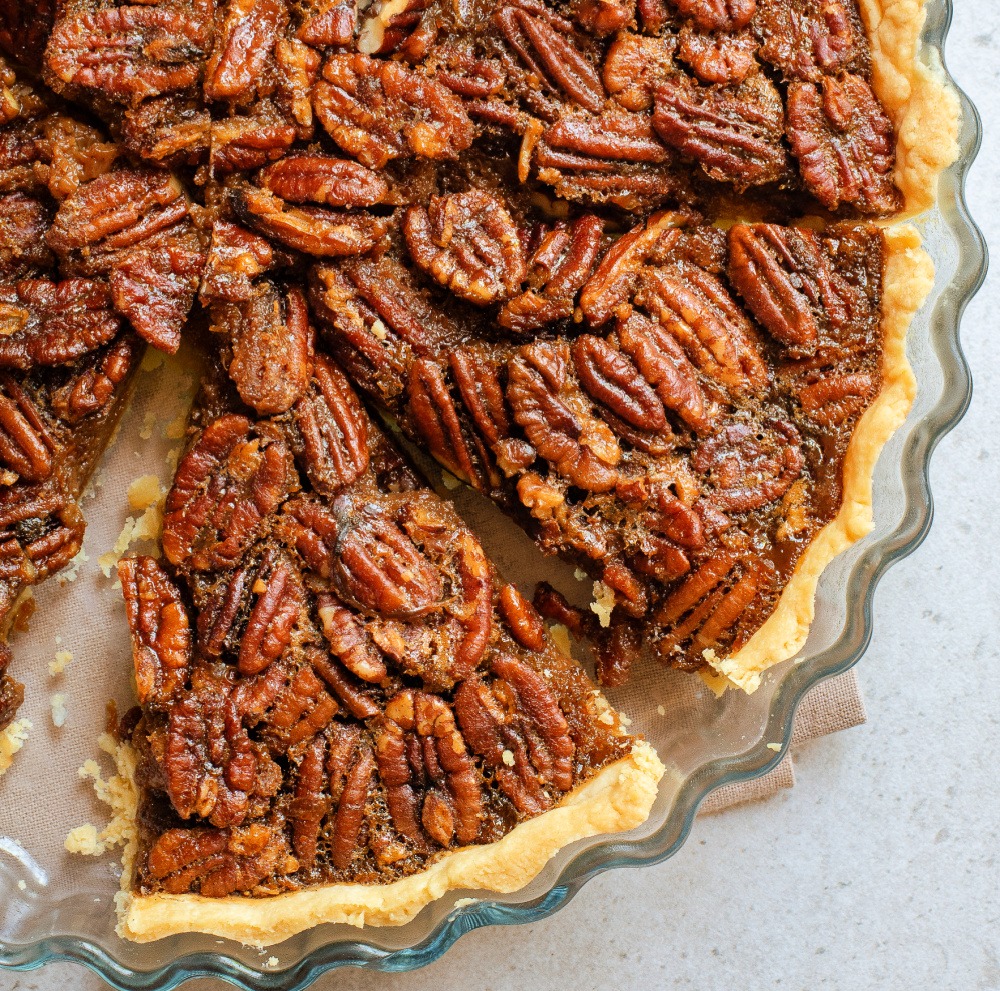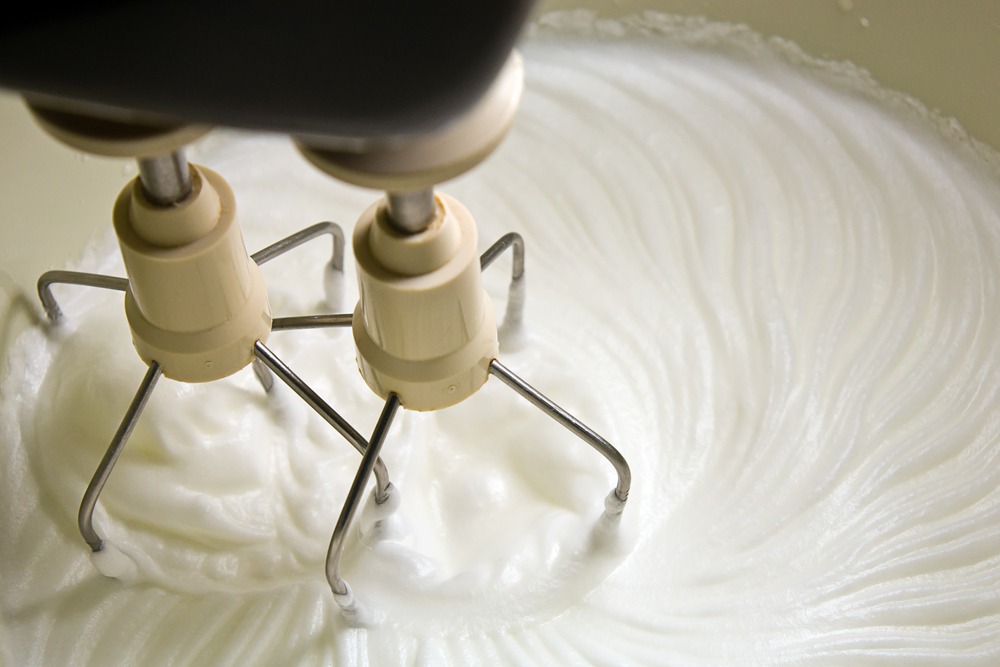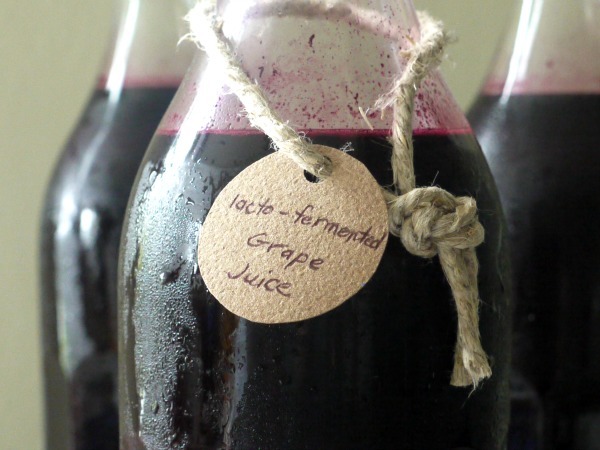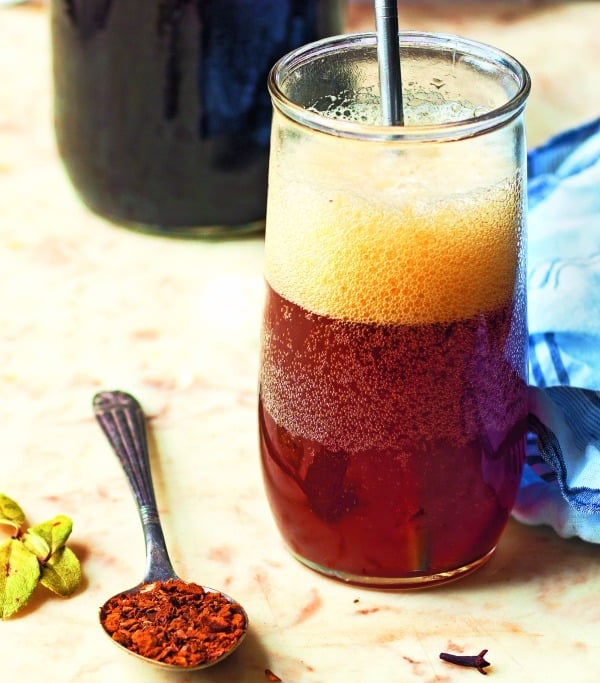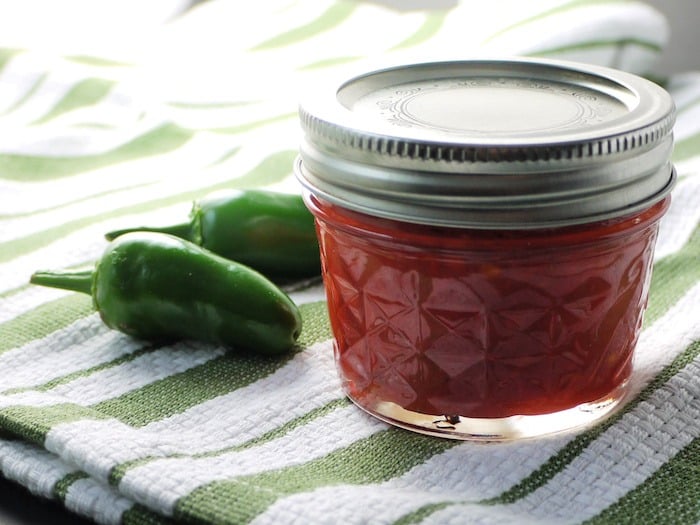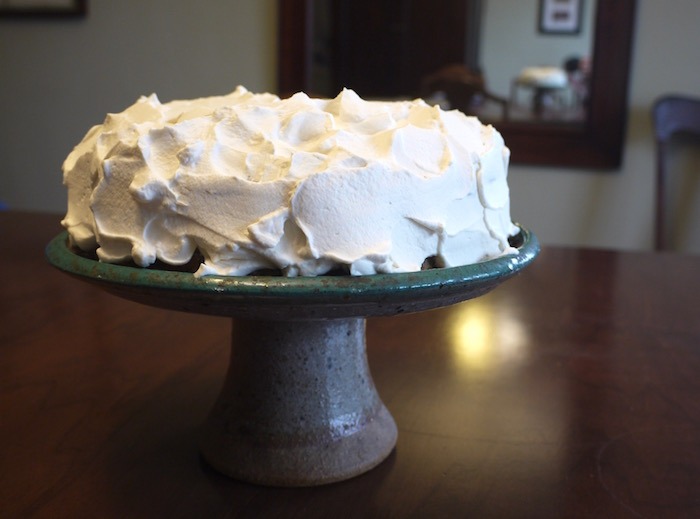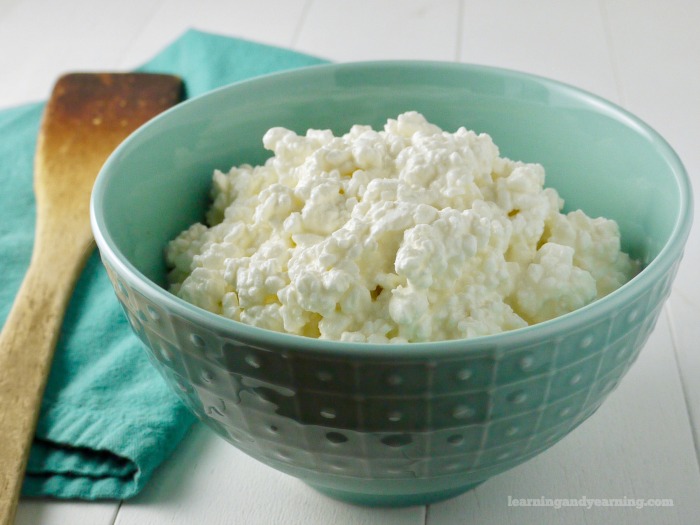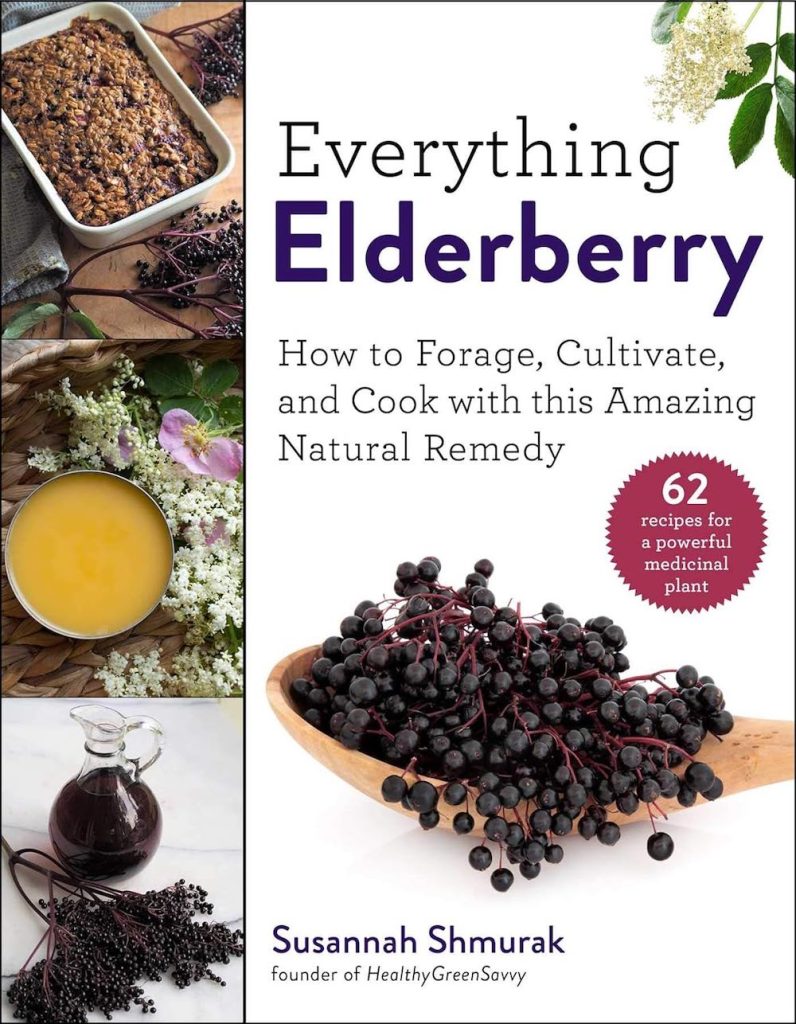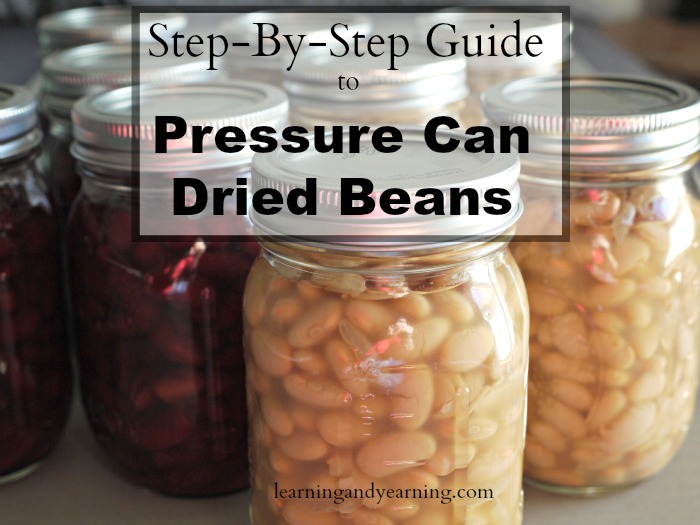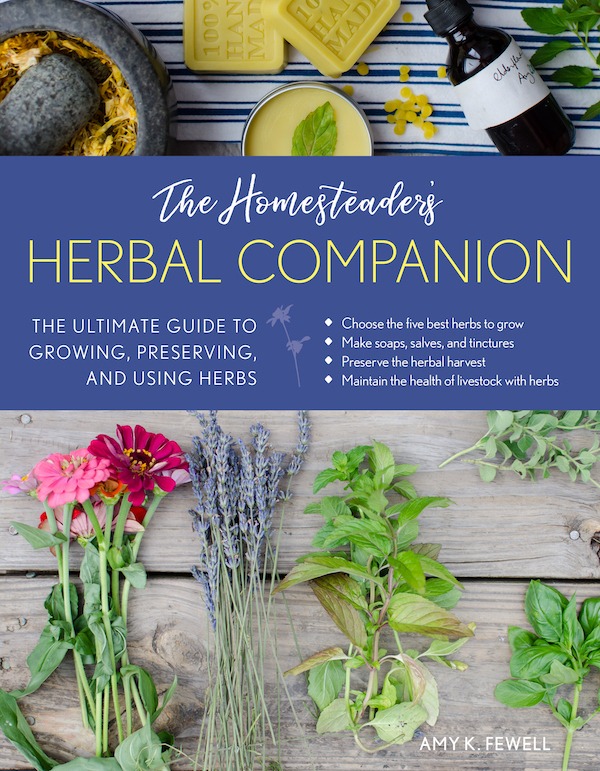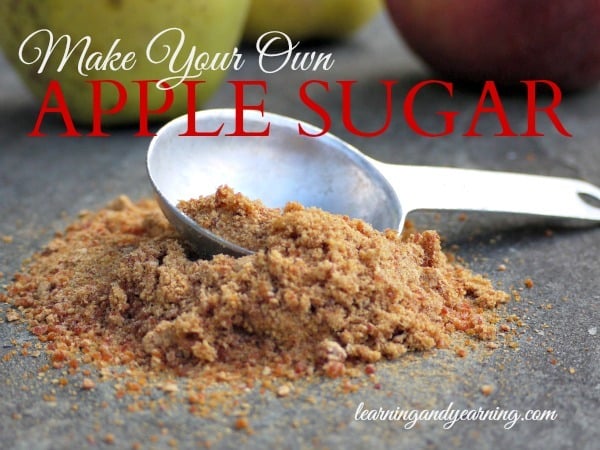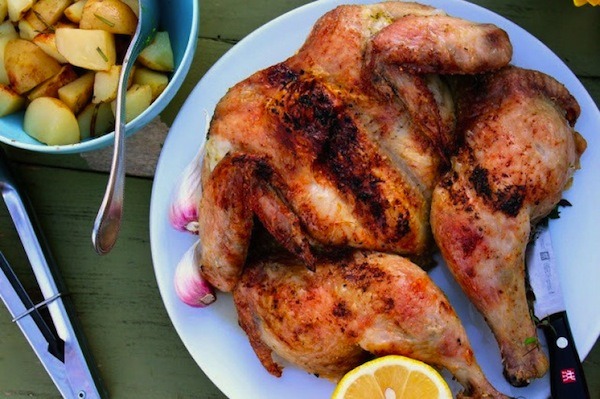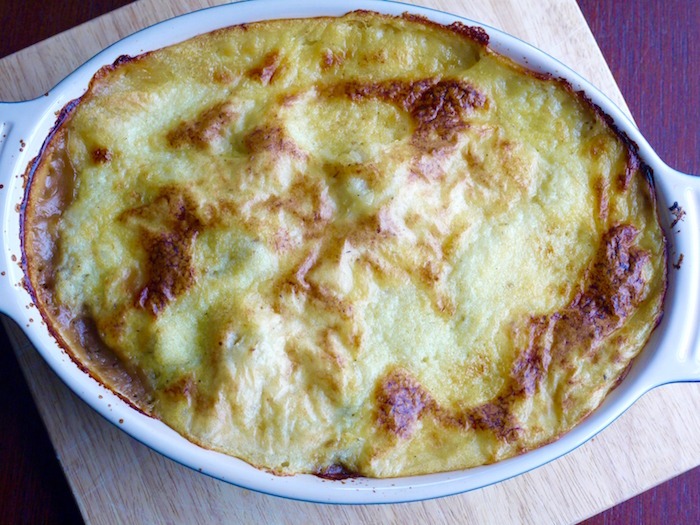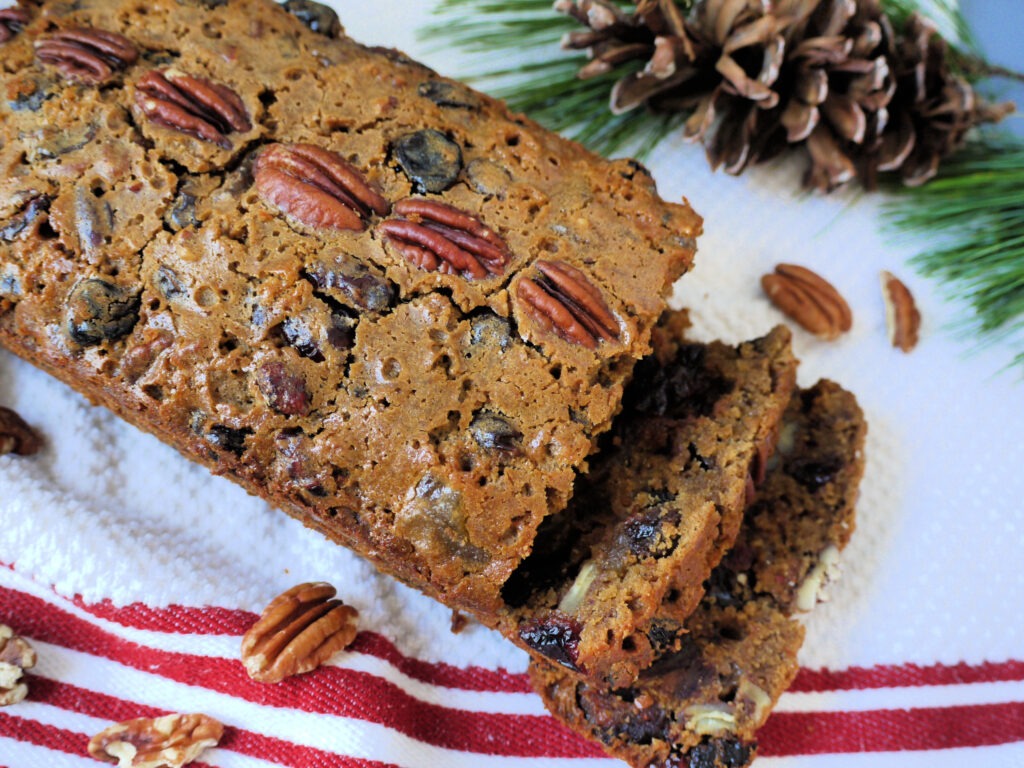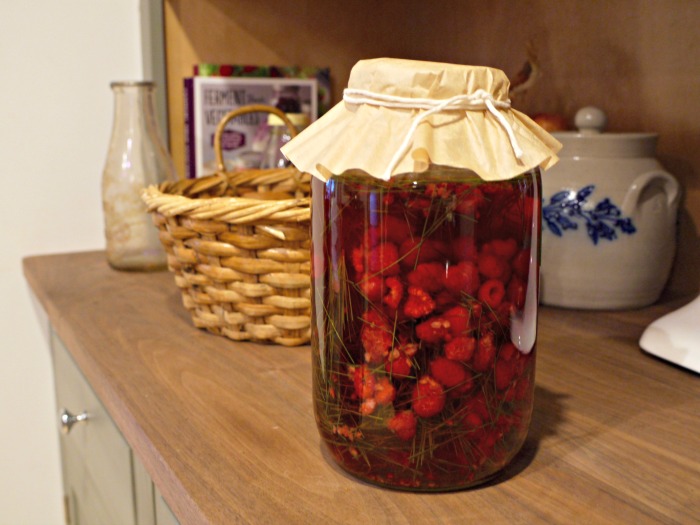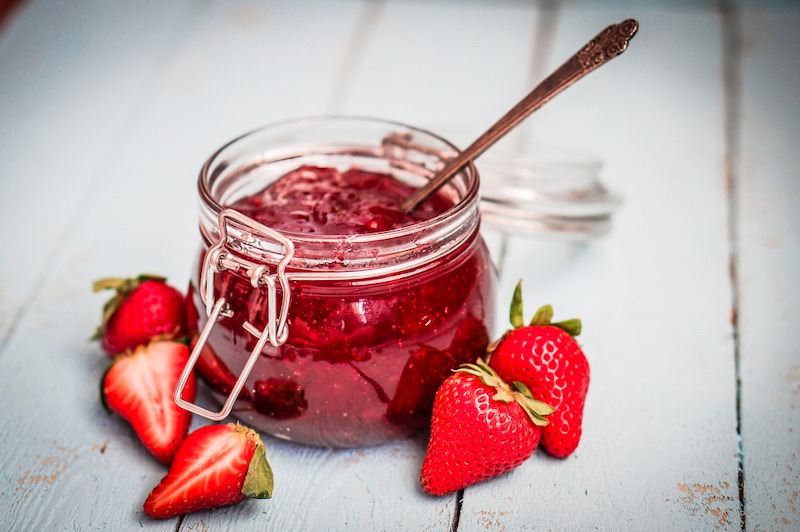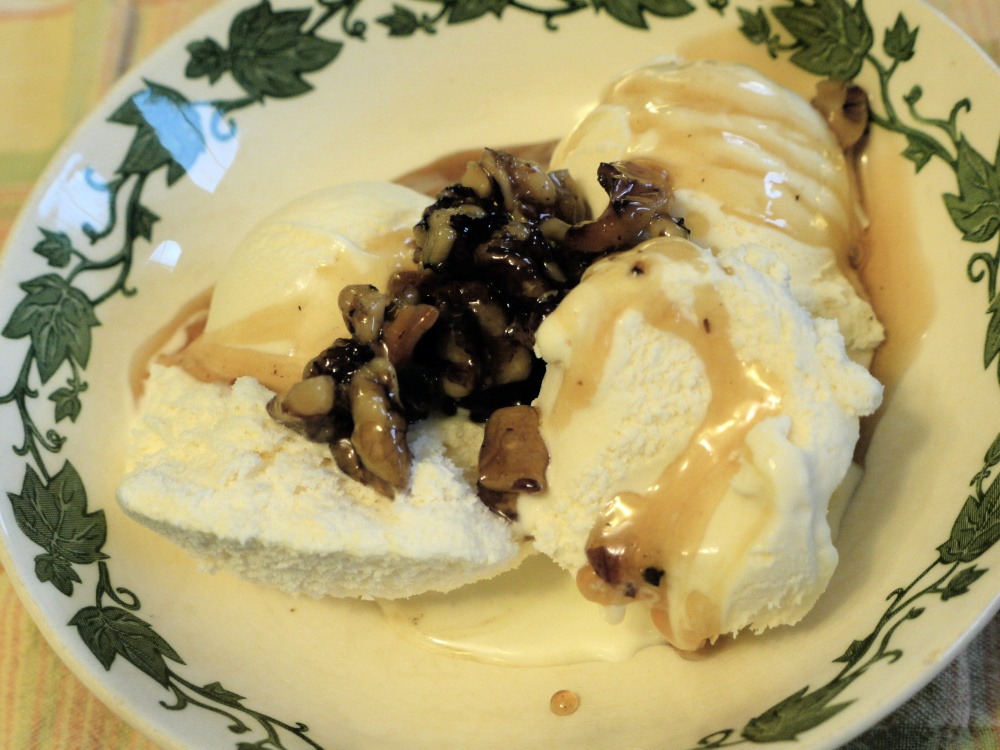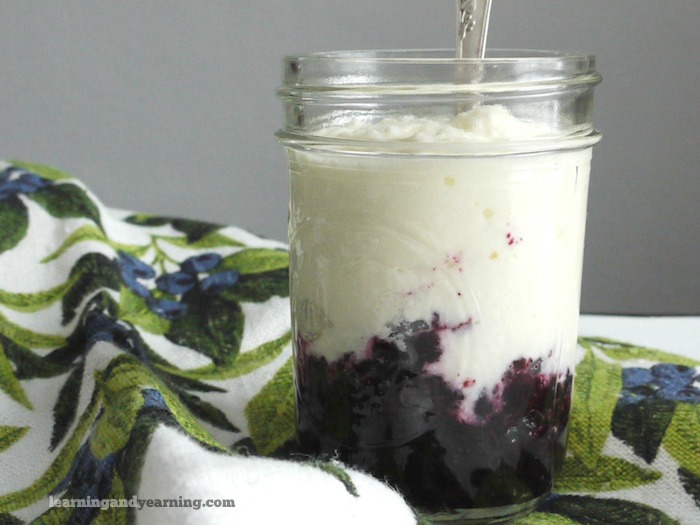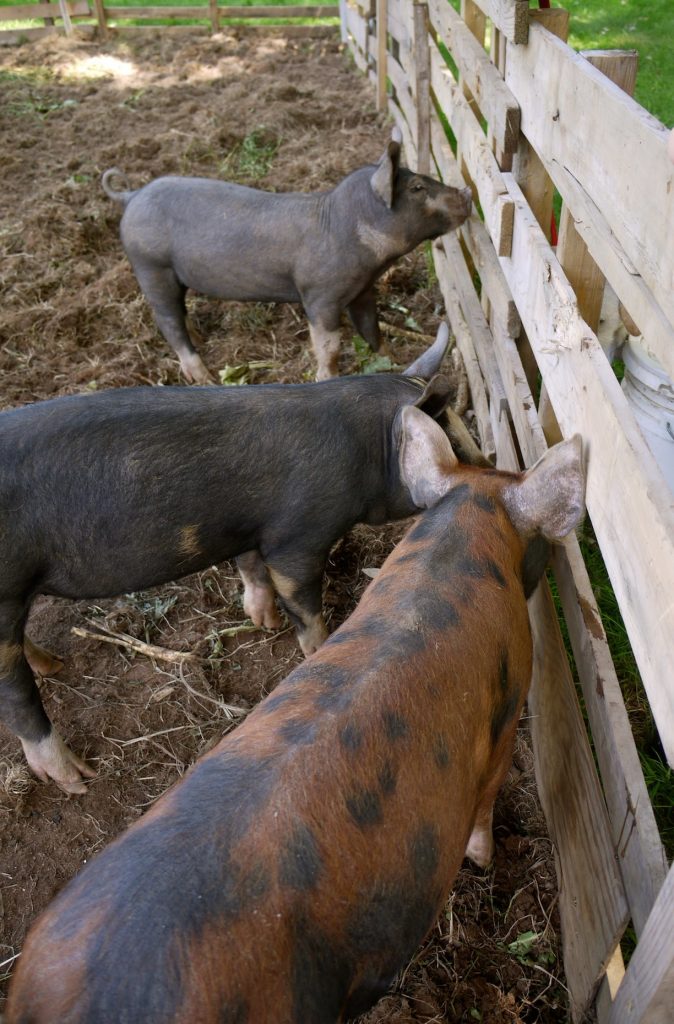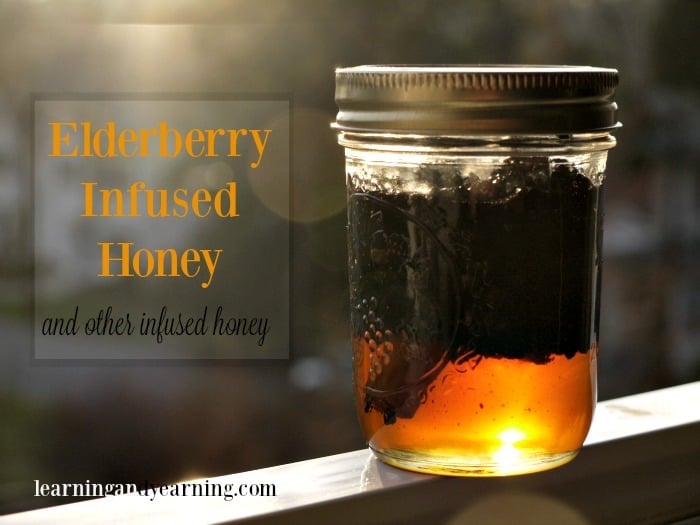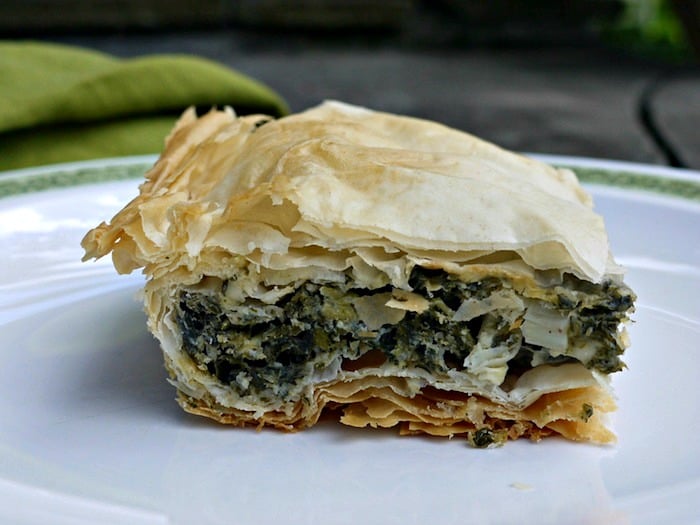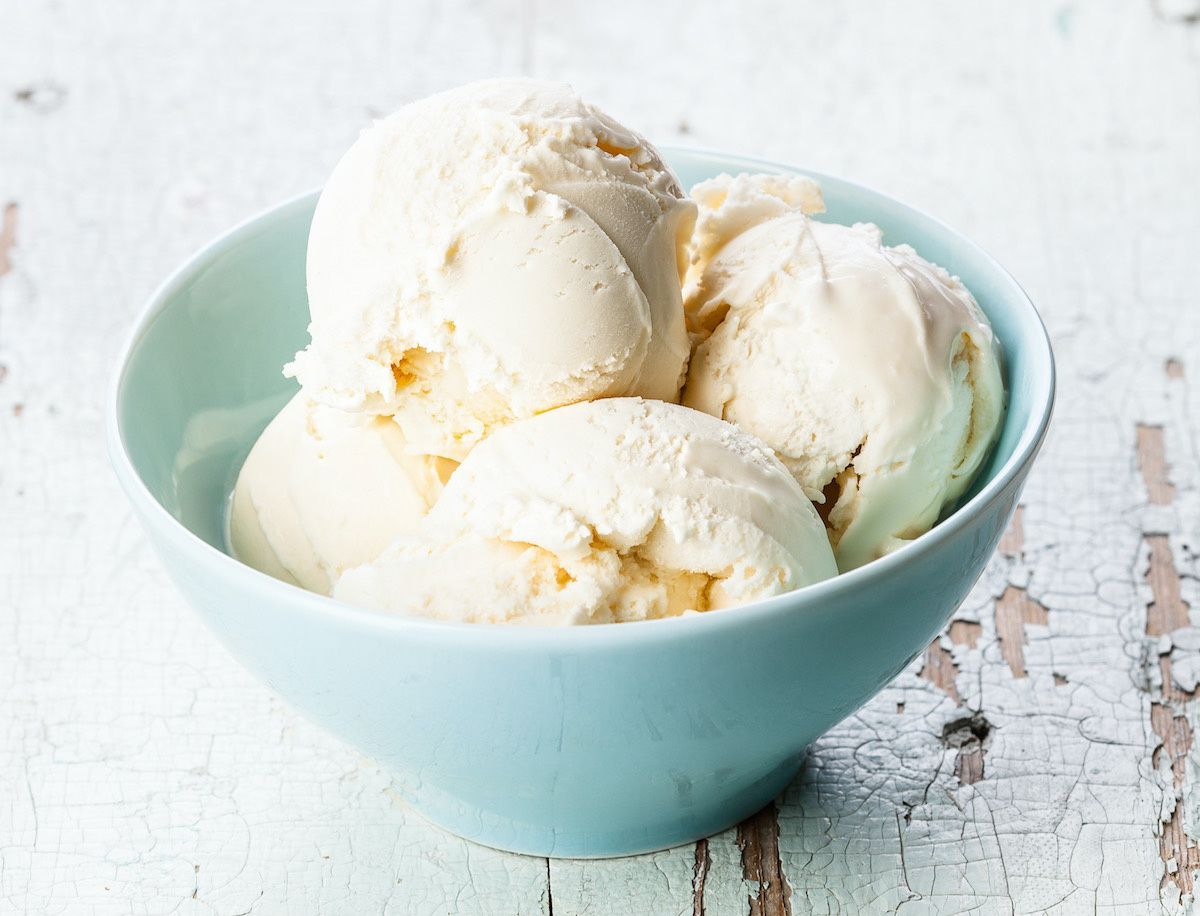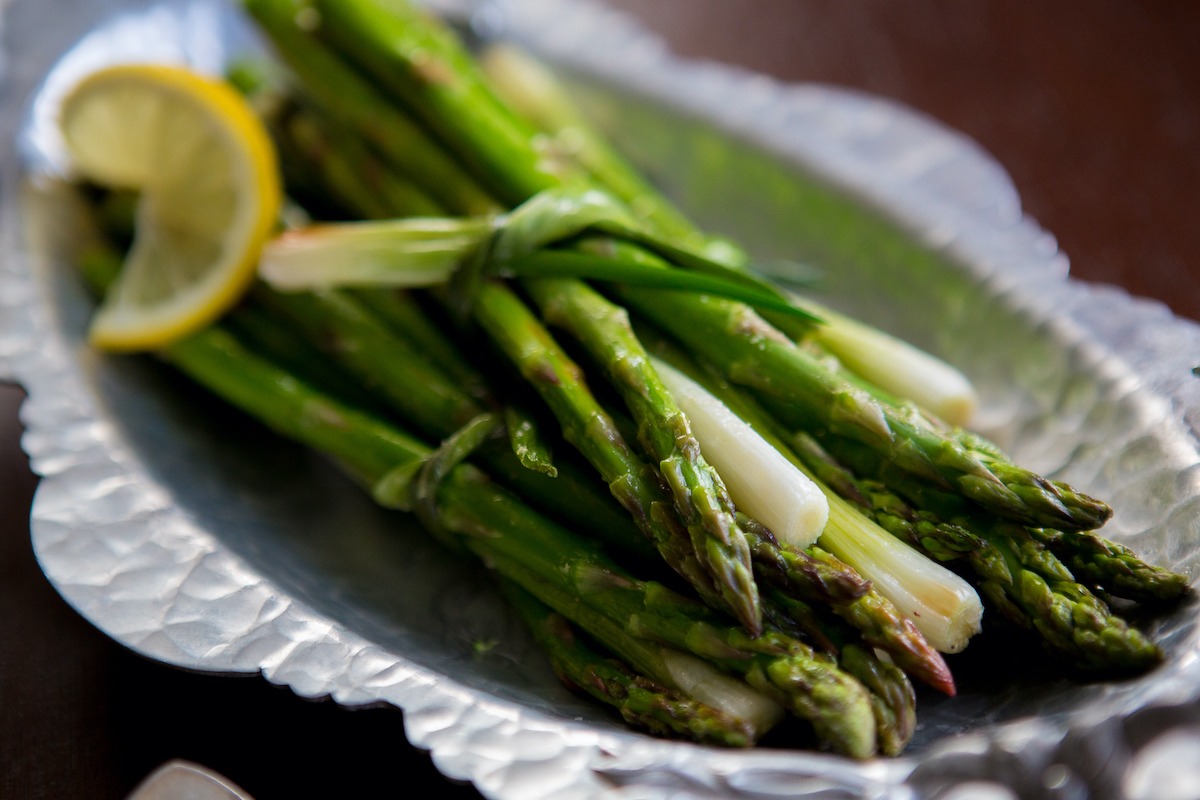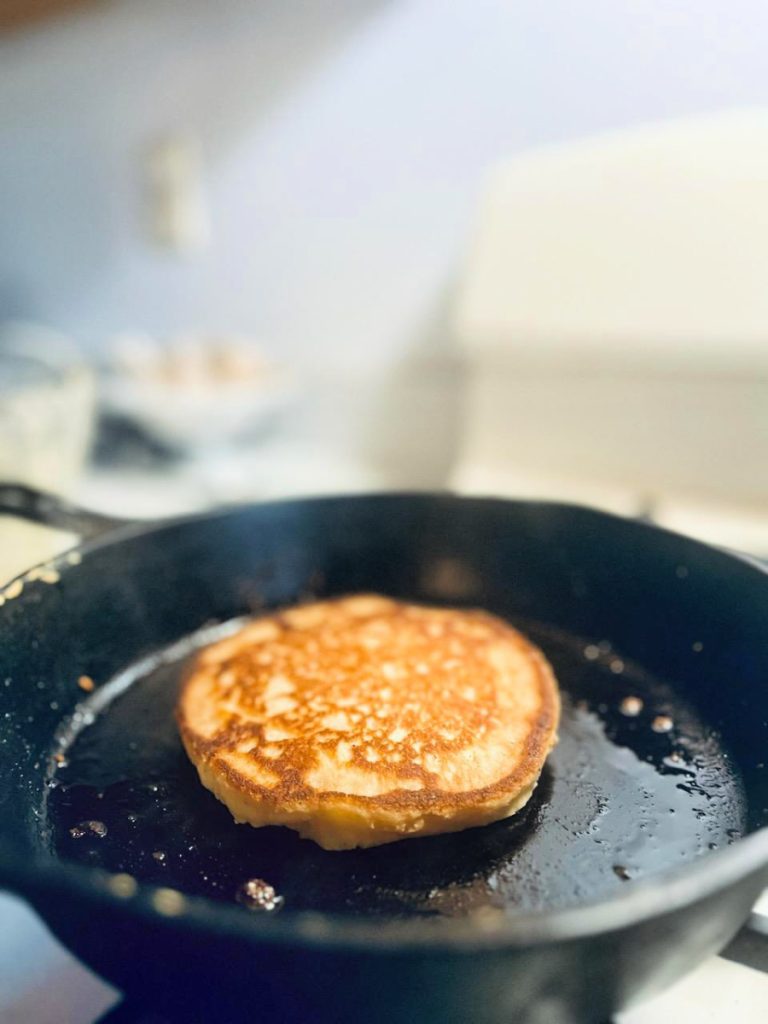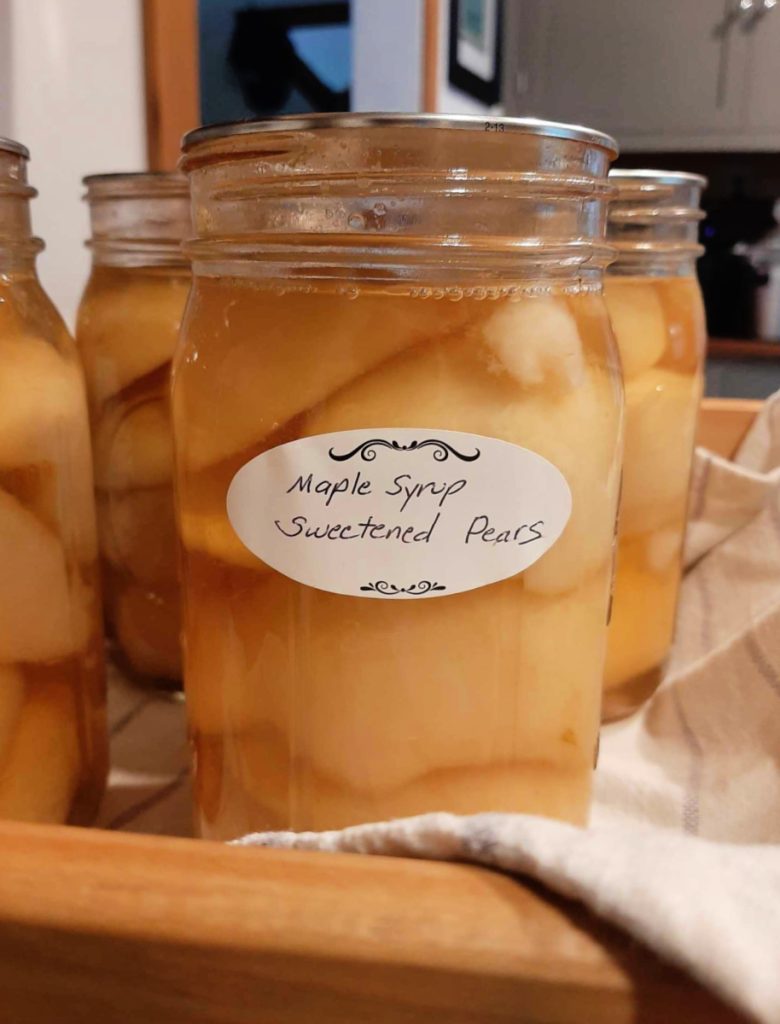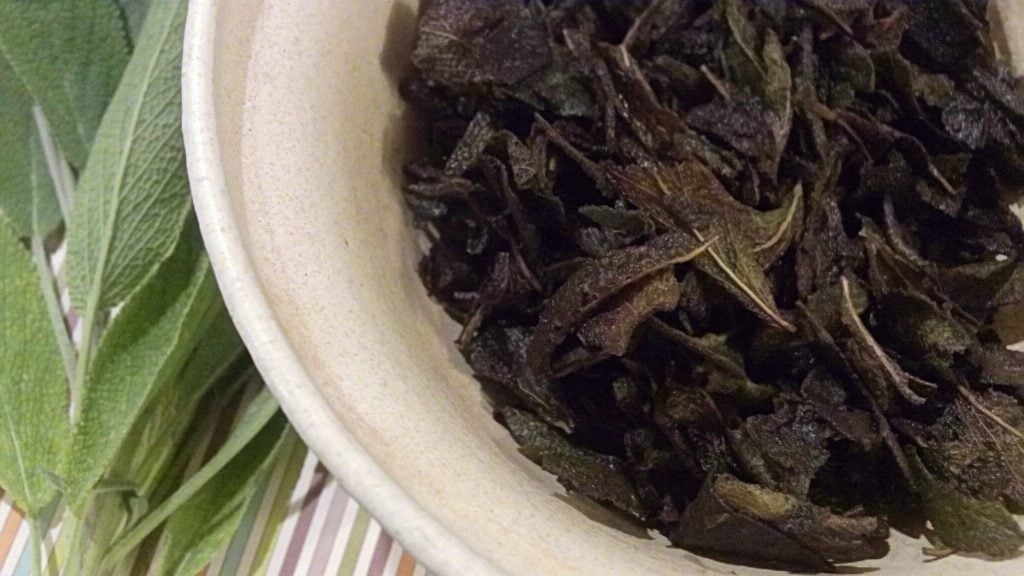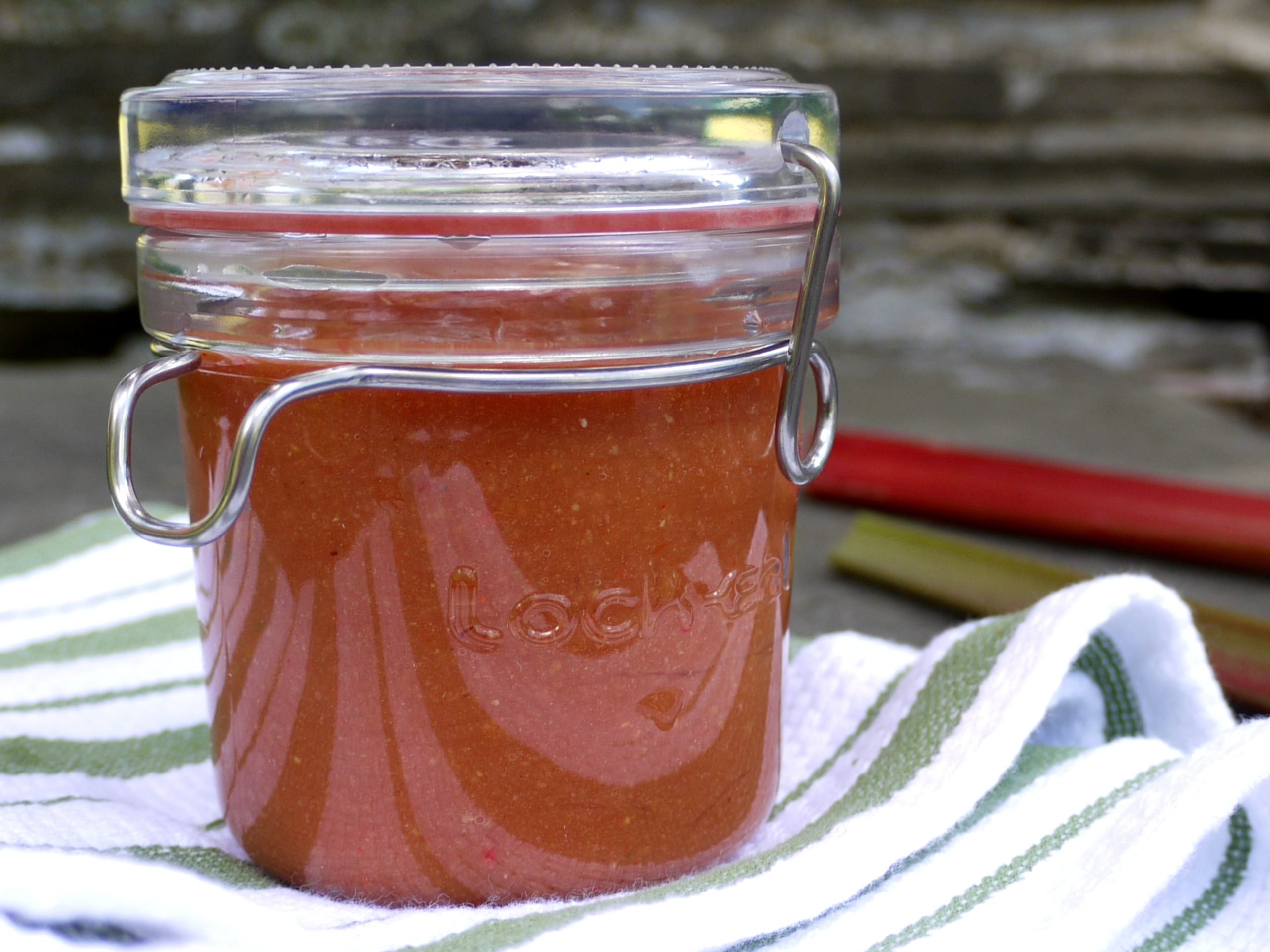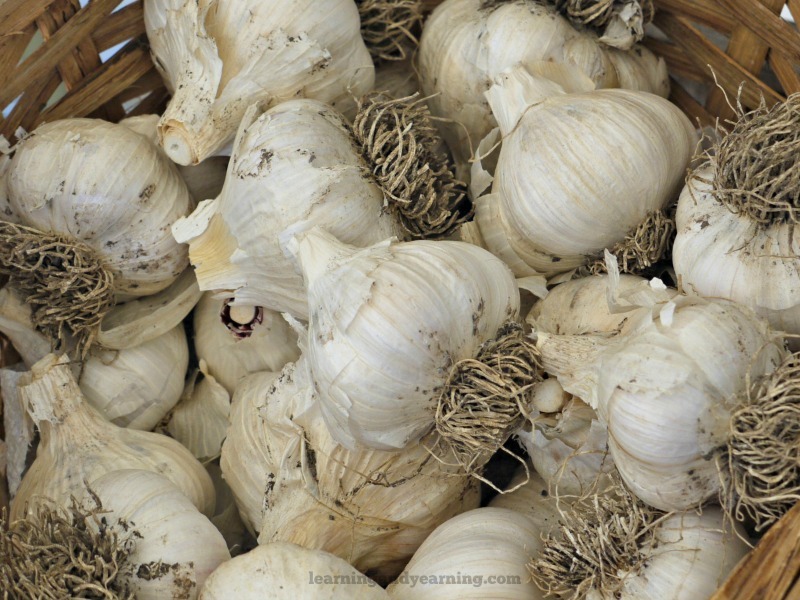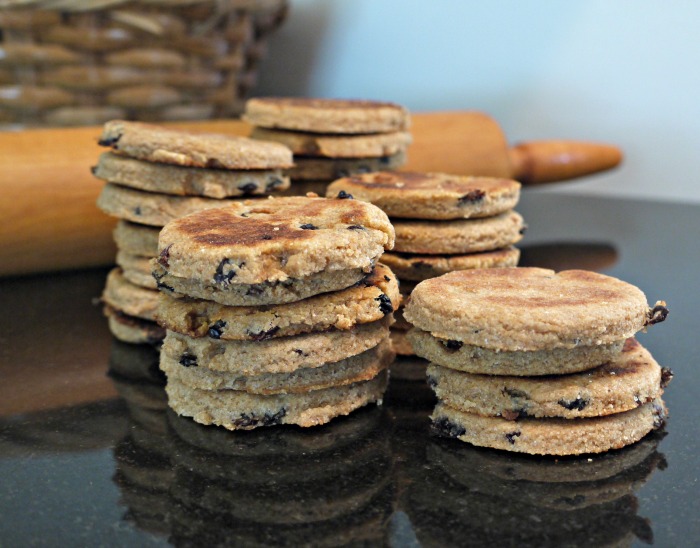I’ve fallen in love with fermenting vegetables over the past year and I think that Alex Lewin’s book Real Food Fermentation will help me to take this to a new level. His book is a gorgeous, hands-on guide to food fermentation at home.
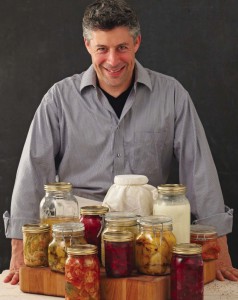 The goal of Real Food Fermentation is to provide a useful starting point for folks who want to ferment food at home, and who want to understand the basics of how and why fermenting works. Lewin covers topics such as why we preserve food, why fermentation is safe and delicious, and selecting ingredients.
The goal of Real Food Fermentation is to provide a useful starting point for folks who want to ferment food at home, and who want to understand the basics of how and why fermenting works. Lewin covers topics such as why we preserve food, why fermentation is safe and delicious, and selecting ingredients.
Then he covers the equipment that we need for fermenting food at home, including pictures of all of it. The main portion of Real Food Fermentation includes fully-illustrated recipes for fermenting vegetables, dairy, fruit, and beverages, with variations on all these recipes and information about improvising and troubleshooting.
Real Food Fermentation is ideal for first-time fermenters; for folks who are not always confident in the kitchen; and for people who are visual learners, who like seeing something in addition to reading about it.
Included in the book is a recipe for crème fraîche which is traditionally a fermented food. To make crème fraîche:
Ingredients:
- 12 – 13 ounces unpasteurized cream
- 3 tablespoons yogurt, kefir, or cultured buttermilk as a starter if using pasteurized cream; starter is optional if using raw cream
Equipment:
- 1 pint mason jar
Preparation:
- If using a starter, measure out the amount you’re going to use. Put it in the mason jar.
- Add the cream to the jar, leaving 1 inch or so of room at the top. Close the jar and shake it so that the starter mixes well with the cream.
- Place the jar somewhere warm for 12 hours or overnight. Check the cream. If it has not yet thickened, leave it for another 6 hours.
- When it has thickened, store it in the refrigerator, where it will keep for a week or two.
Crème fraîche is great for cooking because it won’t curdle the way cream sometimes does when you heat it or add an acid like lemon juice or vinegar.
Recipe and photo used by permission of the publisher.
